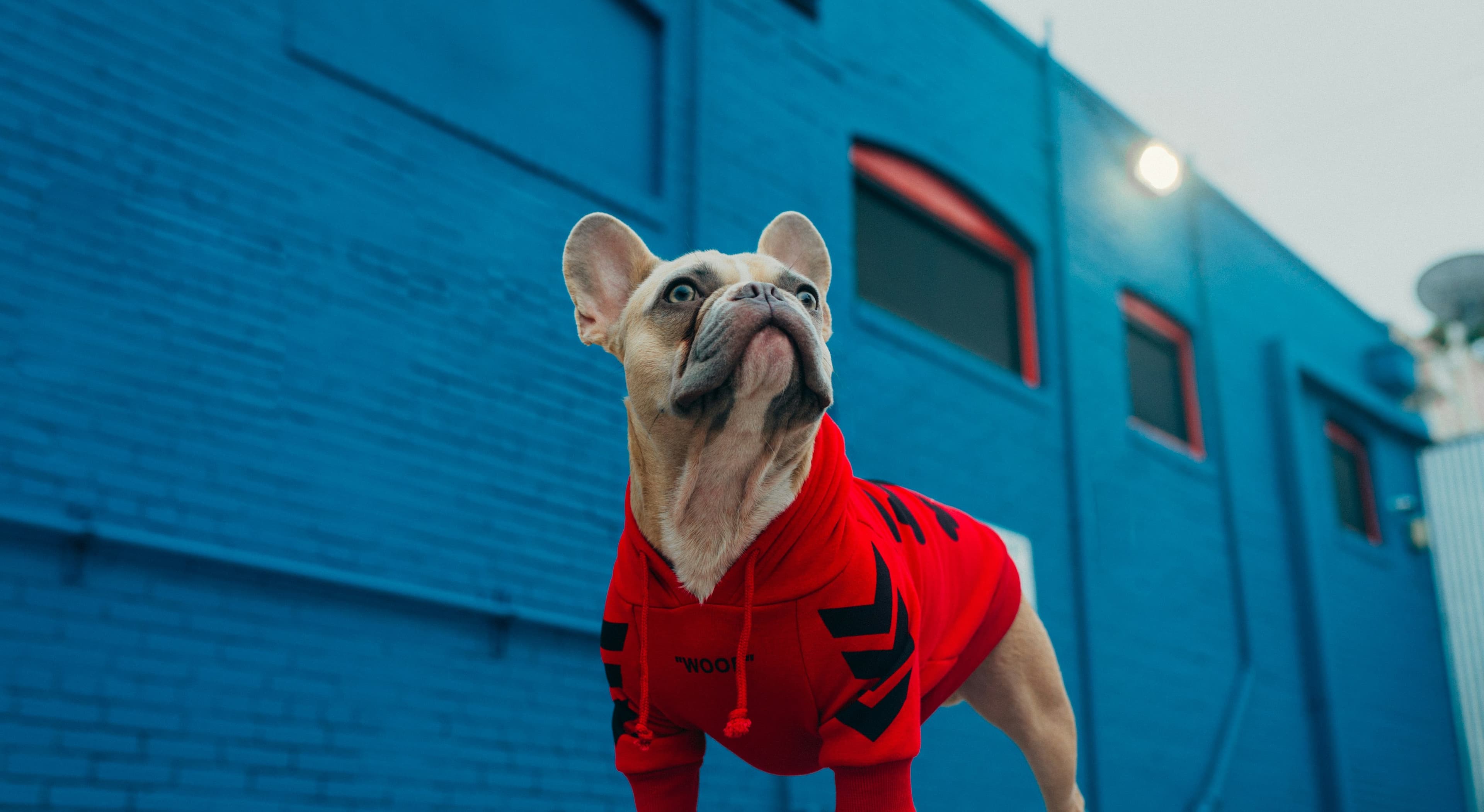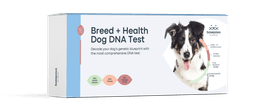When a dog looks out at the bright and colorful world, what do they see? Can dogs appreciate the beauty of different colors like we do? A dog’s perception of different colors can offer fascinating insights into their behavior patterns and their preferences. In this article, we explore the captivating sphere of canine color vision.
Dogs and Their Perception of Colors
What colors can dogs see? First, we need to recognize the fact that dog color vision is different to humans, but they are not color blind or lack color awareness in the traditional sense. Dogs are in possession of two types of color receptors that are also called cones. These are only sensitive to blue and yellow-green light, whereas we have three variations of cones. These are able to catch red, green, and blue wavelengths. So this simply tells us that when dogs look around, they basically see a variety of yellows, blues, and grays.
According to experts at PetMD, dogs are most responsive to blue and yellow hues, which are more vivid in their visual spectrum. This sensitivity to certain colors can influence various aspects of a dog's life, from toy preferences to their reactions in different environments.
Is Red Dog’s Favorite Color?
Contrary to popular belief, red isn't a color that dogs can easily distinguish. Due to their limited red cone sensitivity, red appears as a shade of gray or brown to them. This means that red toys or objects may not stand out much to your canine companion amidst a sea of other colors. Research indicates that dogs have limited sensitivity to red and perceive it as shades of gray or brown.
Blue and Yellow Are the Best
Zoetis suggests that dogs see blue and yellow as the most vibrant colors in their visual world. These colors are more distinct and appealing to them compared to others. Next time you pick out a toy for your furry friend, consider opting for shades of blue or yellow to capture their attention and enthusiasm.
Recognizing and Detecting Contrast and Patterns
Dogs cannot recognize the full spectrum of colors, but they do excel at detecting patterns and contrasts. This is why high-contrast colors are used for dog toys and training tools such as black and white or yellow against dark backgrounds. These combinations stand out more clearly to our canine companions, making them more engaging and stimulating.
Conclusion
Understanding the colors that dogs see and prefer can greatly enrich their daily experiences. Look for toys and accessories with blue and yellow hues and incorporate these colors in their surroundings to enhance their quality of life. By understanding and recognizing their unusual visual perspective, we can strengthen our bond with dogs.
Frequently Asked Questions
What colors do dogs see best?
Dogs are best at recognizing colors that fall within the blue and yellow spectrums.
Are dogs color blind?
They just see color differently than humans because they have less color receptors in their eyes, not because they are color blind.
Can dogs see red?
Simply put, all dogs can see red but owing to a lack of sensitivity to red light, the color just appears as a variation of gray or brown colors.
Do dogs just notice things in black and white around them?
No, their color vision is not as wide as that of humans, but it is still present.




